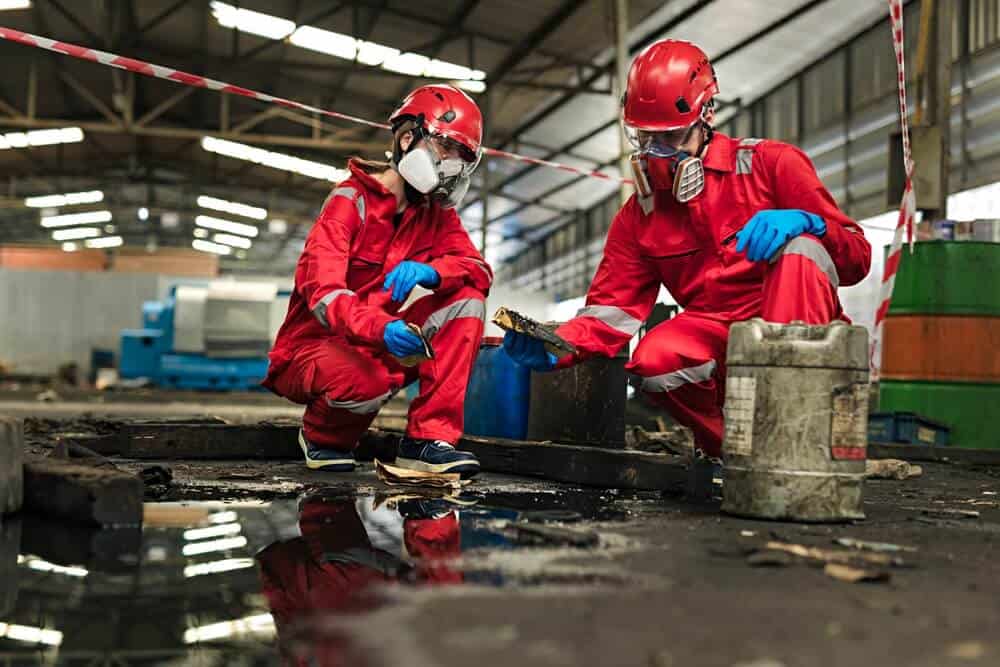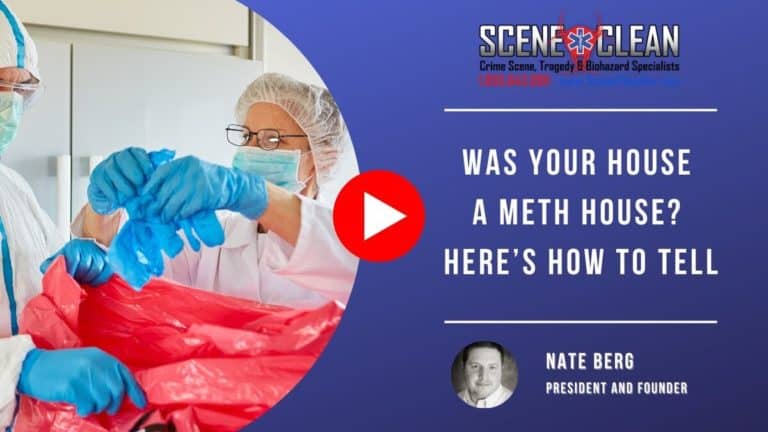Fentanyl labs pose an extreme health risk, not just to those who manufacture the drug but also to first responders, property owners, and cleanup professionals. Even a microscopic amount of fentanyl can be lethal, making proper decontamination essential. This guide covers the best practices for fentanyl lab cleanup, including safety protocols, testing, and decontamination steps to ensure thorough remediation.
Understanding the Risks of Fentanyl Contamination
Fentanyl contamination is a significant hazard due to the drug’s potency. A dose as small as 2 milligrams can be fatal, making it essential to treat any suspected contamination with extreme caution. Unlike methamphetamine labs, which have established standards for cleanup, the guidelines for fentanyl lab cleanup are still evolving. The Environmental Protection Agency (EPA) has provided a guidance document for fentanyl cleanup, but awareness of this resource remains limited. This lack of standardized procedures adds to the complexity and risks of the cleanup process.
Initial Steps in Fentanyl Lab Cleanup
Conducting an Assessment
When a potential fentanyl lab is identified, the first step is testing. Cleanup professionals wear full personal protective equipment (PPE) to swab suspected areas. These samples are sent to an independent, registered third-party laboratory for analysis. Until the results are confirmed, the site should remain off-limits to unauthorized personnel.
Identifying Contaminated Areas
Once lab results confirm fentanyl contamination, professionals must map out the affected zones. Contamination is often not confined to one room; air circulation can spread particles to carpeting, furniture, and HVAC systems. This comprehensive assessment helps determine the scope of the cleanup required.
Essential Safety Measures
Safety is the top priority during fentanyl lab cleanup. The following precautions are non-negotiable:
Full Personal Protective Equipment (PPE)
Professionals must wear PPE, including:
- Respirators or air-purifying respirators to prevent inhalation of fentanyl particles.
- Full-body suits to protect skin from exposure.
- Gloves and boot covers to minimize the risk of cross-contamination.
Controlled Access
Access to the contaminated site should be strictly controlled. Unauthorized individuals, including property owners, should not enter the area until it is deemed safe.
The Cleanup Process
Removal of Contaminated Materials
Depending on the extent of contamination, cleanup can involve extensive removal of soft goods such as:
- Carpeting
- Upholstered furniture
- Curtains
In severe cases, demolition may be necessary to remove contamination embedded in drywall, flooring, or other structural components.
Cleaning Surfaces
The industry is still identifying the most effective cleaning agents for fentanyl. Current best practices involve using high-grade commercial cleaning solutions while following EPA recommendations. Surfaces must be thoroughly cleaned, with particular attention to high-touch areas and potential hotspots.
Post-Cleanup Testing
After cleaning, professionals must conduct post-testing to ensure all traces of fentanyl have been eliminated. This step mirrors the initial testing process and involves sending new swabs to an independent lab. Only after receiving clean test results can the site be declared safe.
Challenges in Fentanyl Cleanup
The cleanup process for fentanyl labs is fraught with challenges, including:
- Lack of standardized chemicals: Unlike methamphetamine cleanup, which has well-established procedures, fentanyl cleanup relies on limited research and emerging products.
- High costs: Extensive cleanup and demolition can lead to significant expenses, often falling on property owners or insurers.
- Health risks: The potential for accidental exposure underscores the need for stringent safety protocols.
The Importance of Professional Remediation
Attempting to clean a fentanyl-contaminated area without professional help is extremely dangerous. Certified remediation professionals are trained to handle hazardous substances and follow the latest best practices. They ensure that every step—from testing to post-cleanup verification—is conducted with precision and care. Contact us at Scene Clean today to ensure the safety and thoroughness of your cleanup.
Conclusion

Fentanyl lab cleanup is a complex and critical process that demands specialized knowledge and equipment. As the opioid crisis continues to evolve, so too must the standards and practices for remediation. Awareness of the EPA’s guidance and adherence to stringent safety measures are essential for protecting both cleanup professionals and the public. Contact Scene Clean today for trusted professional remediation.






